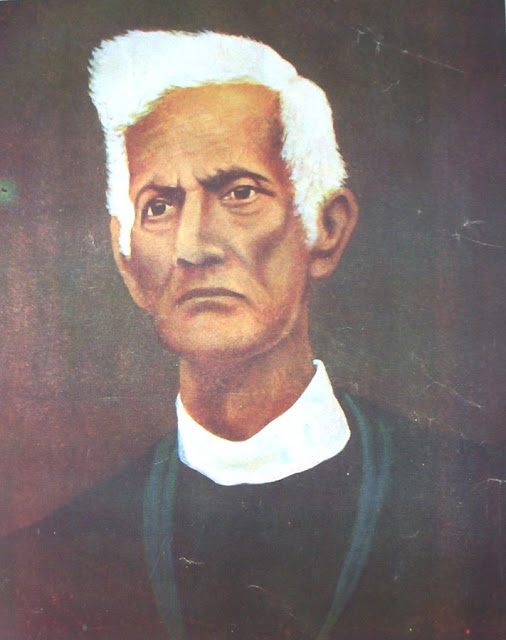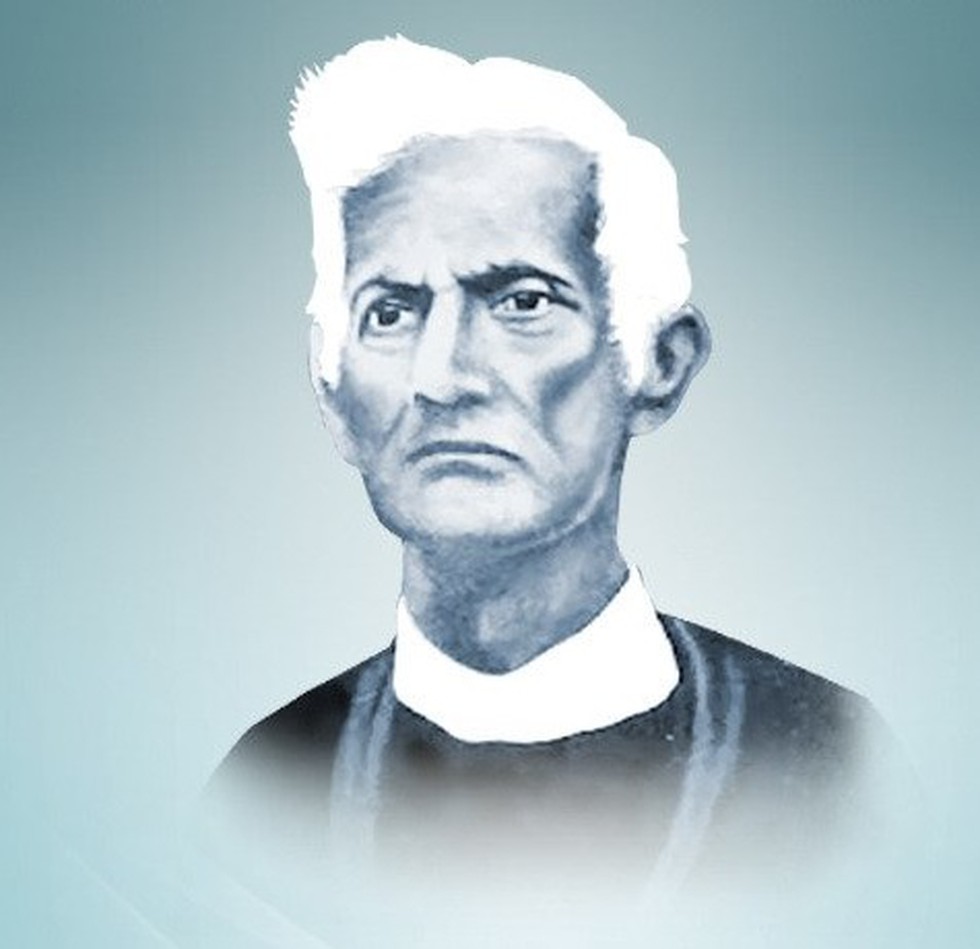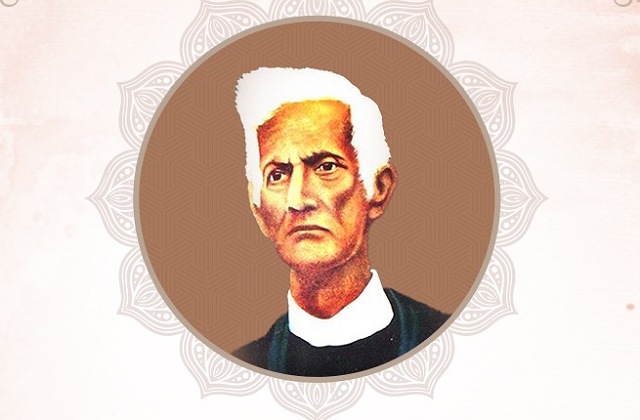Literature has always been a mirror that reflects the culture, history, and society of a particular region. It plays a significant role in preserving the essence of a language and its unique identity. In the realm of Odia literature, one name that shines bright as the pioneer of modern Odia literature is Fakir Mohan Senapati.
Born on 13th January 1843, in the Balasore district of Odisha (previously known as Orissa), Fakir Mohan Senapati was a remarkable writer, poet, and novelist. He played an instrumental role in shaping and reviving the Odia language during the 19th century, which was a crucial period of Odia literature.
Senapati’s contribution to Odia literature is unparalleled and fueled the Renaissance that transformed it. He was a multi-talented personality who effortlessly wrote in both prose and poetry. His works played a vital role in bringing about a transition from the traditional Odia literature to a more modern style.

One of his most notable works is the novel “Chha Mana Atha Guntha” (Six Acres and a Third), which was published in 1898. This novel portrays the socioeconomic conditions of rural Odisha, touching upon themes of land disputes, exploitation, and the plight of the peasants. Through vivid storytelling, Senapati shed light on the oppressive system prevailing in agrarian society. This novel acted as a catalyst for social reforms, generating awareness about the issues faced by the marginalized communities.
Another groundbreaking work by Senapati is his autobiography, “Atmajivani,” published in 1906. In this book, he narrates his personal journey, overcoming various obstacles to become a renowned writer. Through his life experiences, Senapati introduced a new form of storytelling wherein autobiography became a literary genre in Odia literature.
Apart from these, Senapati wrote numerous short stories, essays, and poems that captured the essence of Odia culture and traditions. He was the recipient of the Sahitya Akademi Fellowship, a prestigious literary honor, for his outstanding contribution to Odia literature.
You can read our another post on Occupations of Odisha

Fakir Mohan Senapati’s tireless efforts to enrich and modernize Odia literature has left an indelible mark on the literary landscape of Odisha. His works have inspired and influenced generations of writers who followed in his footsteps. Senapati’s profound understanding of human emotions, coupled with his ability to weave intricate tales, makes his writings timeless and relatable even in the present-day context.
Furthermore, Senapati’s contributions extend beyond literature. He was an advocate for education and actively campaigned for the upliftment of women, promoting gender equality. His progressive mindset and social consciousness make him not only a literary pioneer but also a visionary social reformer.
Today, Fakir Mohan Senapati’s legacy lives on in the form of the Odia literature we see and cherish. His writings continue to be cherished by literature enthusiasts, serving as a reminder of his immense contribution in preserving and revitalizing the Odia language.

Write A FAQ For Fakir Mohan Senapati :The Pioneer of Modern Odia Literature
Who was Fakir Mohan Senapati and why is he considered the pioneer of modern Odia literature?
Fakir Mohan Senapati was a renowned writer and social reformer from Odisha, India. He is often credited as the pioneer of modern Odia literature due to his significant contributions to the development and modernization of the Odia language and literature. His works focused on societal issues, moral values, and the need for social reforms in the 19th century.
What are some of Fakir Mohan Senapati’s notable works?
Some of Fakir Mohan Senapati’s notable works include “Chha Mana Atha Guntha” (Six Acres and a Third), “Mamu”, “Lachhama”, and “Rebati”. These works are considered groundbreaking in Odia literature for their realistic portrayal of rural life, social inequalities, and critiques of prevailing social norms.
How did Fakir Mohan Senapati contribute to the modernization of the Odia language?
Fakir Mohan Senapati played a crucial role in refining and modernizing the Odia language. He introduced the use of colloquial language and dialects to his writings, which was a significant departure from the traditional Sanskrit and Brahminical influence prevalent in Odia literature at that time. This contributed to making Odia literature more accessible and relatable to the masses.
Did Fakir Mohan Senapati address any specific social issues through his works?
Yes, Fakir Mohan Senapati’s works often delved into several social issues of his time. He portrayed the stark realities of rural life, caste-based discrimination, and the oppressive social system prevalent in Odisha during the 19th century. His works highlighted the need for education, gender equality, and social reforms.
What was Fakir Mohan Senapati’s impact on Odia literature and society?
Fakir Mohan Senapati’s impact on Odia literature was immense. He paved the way for a new genre of realistic storytelling and brought Odia literature to the forefront of literary discussions. His works inspired future writers and played a vital role in shaping modern Odia literature. Furthermore, his social reforms and critique of oppressive social systems made him a revered figure and a catalyst for change in Odia society.
Conclusion
In conclusion, Fakir Mohan Senapati’s invaluable contribution to Odia literature cannot be overstated. He pioneered the modernization of Odia literature, changing its course forever. His literary works continue to educate, entertain, and inspire, serving as a beacon of enlightenment and progress for future generations of Odia writers.
